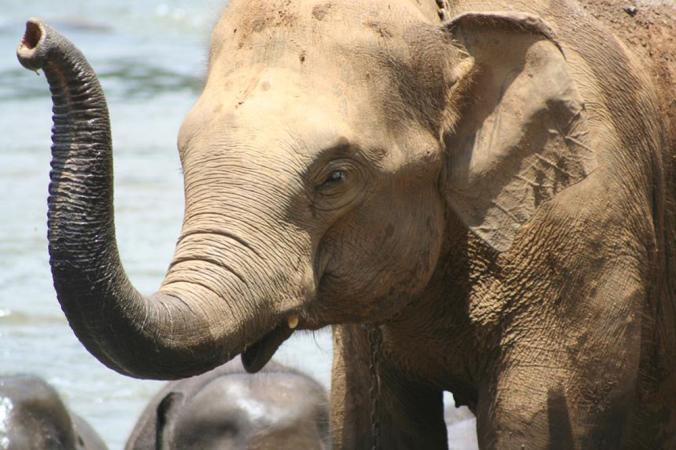I’ve been on something of a microbial jag recently. For my past two columns for the New York Times I’ve explored the creepy biochemical sophistication of bacteria.
First, I took a look at the outbreak of toxic bacteria that shut down Toledo’s water supply a couple weeks ago. A lot of people don’t realize it, but those microbes have been spewing out these toxins for about three billion years–for reasons that scientists are still trying to figure out.
Then I wrote about the chemicals that our own microbiome releases, and the ways they can affect our behavior. Some scientists don’t think those changes are just random side effects. Instead, our microbes may be trying to manipulate us for their own benefit, eating certain foods or getting close to other people (also known as hosts).
Check them out!

